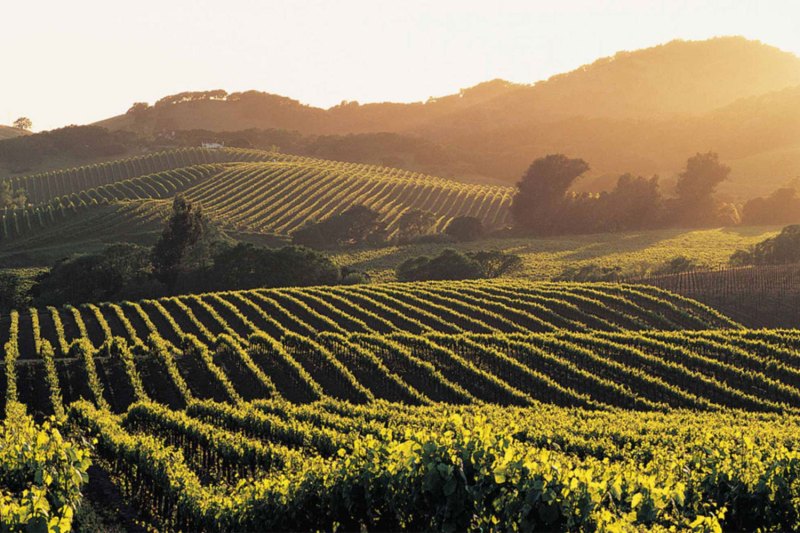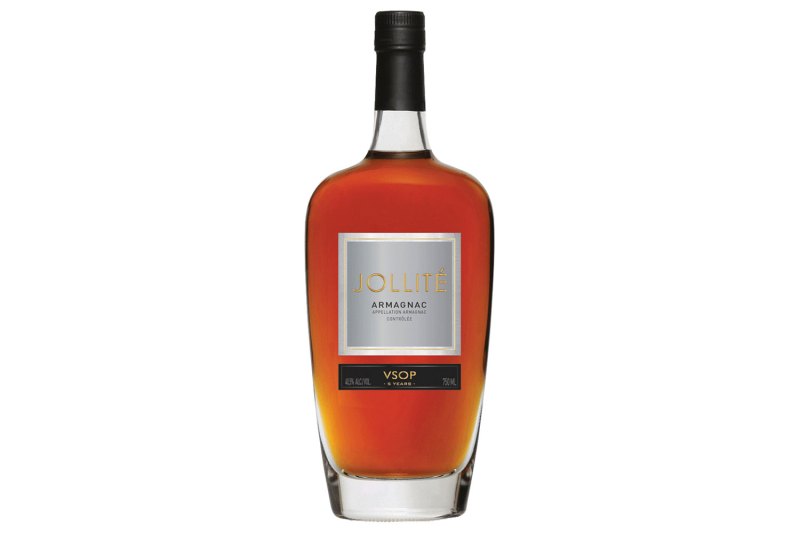If you’ve never tasted brandy because you’re under the notion that it’s only something old people drink, then think about it this way: It’s a fruitier, typically sweeter, whiskey. Brandy, a spirit distilled from fermented fruit juice — most commonly grapes — is an umbrella term for an entire category of spirits, and one of them is Armagnac. It’s rich, it’s bold, it’s unadulterated, and it’s begging to be loved like it’s cousin, Cognac, has been.
Cognac, which most drinkers are familiar with — think Hennessy, Hine, and so on — is produced just north of Armagnac. While they share some similarities — both are French brandies, except made in separate regions — Armagnac is actually the older of the two by 150 years and is like the cool bohemian sibling, while Cognac is more put together (you know, went to college, has a 9-to-5 job, and so on).
The Armagnac region is split into three production zones: Bas Armagnac in the west, Armagnac Tenarèze in the center, and Haut Armagnac to the east. Each section benefits from the area’s unique soil and climate.

The region is a very rural farming community where the people live simply off the land. Until fairly recently, more Armagnac was consumed in France (as opposed to Cognac, which exports at least 98% of its brandy). As international consumers discover Armagnac, however, the export markets are now growing, though still just 50% is exported.
Armagnac sells about 4 million bottles a year whereas Cognac sells over 200 million. It’s a significant discrepancy, of course, but
This French brandy may not be as recognizable as its northern neighbor, but its artisanal nature and affordability make it one worth tasting and learning more about.
How Armagnac is Made
“Essentially, Cognac is more like Tequila, and Armagnac is more like mezcal in the way it’s produced,” says Nicolas Palazzi, owner of importer and distributor, PM Spirits, “but not in flavor [although it can occasionally share similar notes with the agave spirit].” Armagnac is a bit more artisanal in nature, and every producer creates a product to their own proof and style making it a fan favorite for spirit nerds.
Armagnac is allowed to use 10 grape varieties in production, but typically only use four: Ugni blanc, Baco, Folle Blanche, and Colombard; whereas in Cognac they use around 99% Ugni blanc. More variety in the raw material allows for Armagnac to express a diversity in flavor that
“There is something really interesting in picking grapes and making a product that has a true personality and seeing that product at a stage where it hasn’t become a very popular spirit [like Cognac] that has been modified to try to appeal to the general public,” says Palazzi. “Armagnac is very terroir-driven, it feels like you can connect with the history of the land and its rich history.”
In terms of distillation, 95% of Armagnac production is distilled with an alembic column still, whereas Cognac has to be pot-distilled, Palazzi notes. “Some are using pot still as well,” he says, although it’s a rarity.
After being distilled, the liquid is typically aged in 400-liter French oak casks — typically local, Gascony oak — and is then classified as VS, VSOP, Napoleón, or XO (Hors d’âge), depending on how long it has been aged for, with XO being the oldest age statement meaning the distillate has seen a minimum of 10 years in the cask. It’s also common for Armagnac producers to release vintages, like wine, but this will be more of a rarity as the category continues to rise in popularity.
After aging, the Armagnac is either bottled at cask strength, or proofed down. “The reason why Cognac is typically 40% ABV is to stretch out the amount they’re able to produce because of the demand,” Palazzi notes. “In Armagnac, you’ll find more full-proof bottlings because they aren’t under the pressure of hitting numbers so they can focus on creating the best product possible [regardless of proof].” This means that each bottle will have its own distinct character, which isn’t always the case with other brandies.
Some producers to note are: Domaine Boignères, Château de Pellehaut, Domaine Espérance, Domaine d’Aurensan, but there are many others creating exceptional brandies as well in the region.
What Armagnac Tastes Like
As we’ve mentioned before, Armagnac is a bit rustic and tends to be less polished, but has more personality when compared to Cognac, especially when young. “Armagnac, when younger, has notes of prunes, plums, and apricots as well as French oak influence,” Palazzi says. “It’s usually aged in local oak casks (Gascony oak). Those barrels have a higher tannin content which means the oak influences the spirit more quickly.” An aged Armagnac expresses notes of fresh flowers, apricot, and some will even move toward dates, tobacco, and leather characteristics.
“Armagnac is the brandy that will have the closest characteristics to bourbon,” Palazzi says, “and it will share some similarities in flavor which makes it the perfect gateway spirit for American whiskey drinkers who want to taste something new. It’s not too big of a departure from whiskey.”
Bottles Worth Trying
For the adventurous drinker who wants to give some of these bottlings a try, here are a few to consider.
Cobrafire Eau-de-Vie de Raisin

An unaged blanche (white) Armagnac produced in the Bas Armagnac sub-appellation. It’s an undiluted, unadulterated expression of exactly what a French brandy should taste like. At 51.5% ABV, it’s also begging to make it into your next Martini.
PM Spirits VS Bas Armagnac Overproof

Importer PM Spirits teamed up with renown production house, Domaine Espérance, to release their own label of VS overproof (51.7% ABV) Armagnac. For the price you’ll pay, it’s an absolute steal and must-try.
Jollité VSOP 5 Years Armagnac

This VSOP bottling is balanced, robust, and is approachable for drinkers who prefer the standard 80-proof spirit. It’s the perfect gateway bottle to try, and is easy sipping, both on its own and in a cocktail.
Editors' Recommendations
- What is Pisco? Exploring South America’s Grape Brandy
- 5 Cognacs (and One Armagnac) to Drink Right Now




